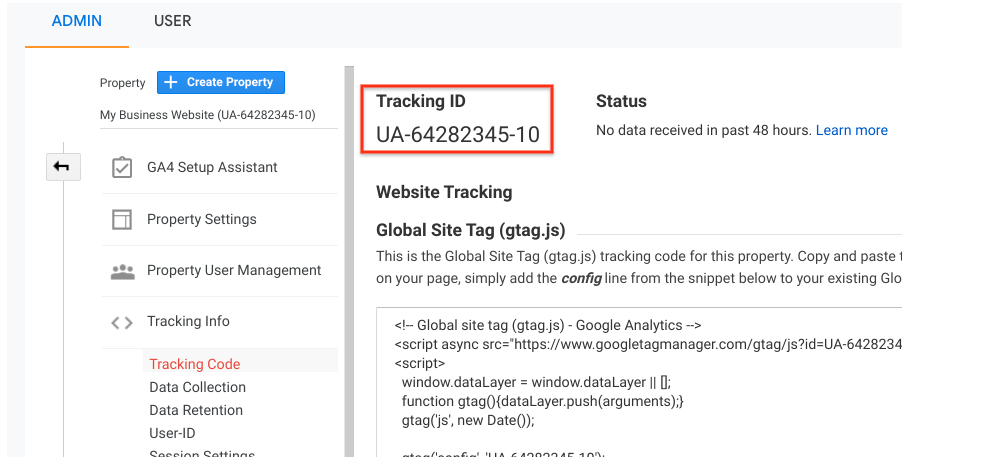Browsing the Complexities of Data Collection Limitations in Google Analytics: What You Required to Know
Under its seemingly uncomplicated user interface lie complexities that can affect the precision and dependability of the data it offers. Recognizing the ins and outs of data collection limitations in Google Analytics is vital for making educated decisions based on the insights acquired from the platform.
Data Disparities in Google Analytics
Sometimes, information discrepancies might occur in Google Analytics, demanding a complete understanding of the platform's ins and outs to successfully deal with and rectify these discrepancies. These disparities can come from different sources, such as implementation problems, information sampling, filters, or perhaps bot website traffic. One common reason for information disparities is discrepancies between data accumulated through JavaScript tracking code and data imported from various other resources like Google Advertisements or Look Console.
To attend to these disparities, it is critical to very first perform a thorough audit of your tracking setup. Validate that the tracking code is properly carried out on all web pages, check for any type of filters that could be changing the data, and ensure that there are no redirects or other technical concerns hindering data collection. In addition, familiarize yourself with typical challenges, such as cross-domain monitoring mistakes or misconfigured goals.
Monitoring Obstacles and Solutions
Provided the intricacies of data discrepancies that can develop in Google Analytics, resolving monitoring difficulties and carrying out effective remedies ends up being extremely important for ensuring trusted and precise information analysis. To conquer this, executing individual ID monitoring can assist connect interactions across various devices under one individual identifier, offering an extra all natural sight of individual habits.
One more monitoring challenge stems from advertisement blockers and privacy guidelines, which can hinder the collection of precise information (What Data Does Google Analytics Prohibit Collecting?). Solutions to this consist of applying server-side monitoring, which bypasses client-side restrictions, and valuing individual personal privacy preferences by giving clear opt-in mechanisms for information collection

Recognizing Sampling in Reports
Testing in reports gives a technique for analyzing big datasets successfully while keeping statistical relevance. In Google Analytics, tasting occurs when the volume of data quized surpasses a specific limit, leading to the system evaluating only a part of the data to provide understandings. While tasting can accelerate record generation and decrease handling needs, it is vital to recognize its ramifications on the accuracy and dependability of the results.
When taking care of tasted information, it's necessary to think about the potential margin of mistake that might emerge due to analyzing only a subset of the total dataset. The accuracy of the understandings originated from experienced reports might differ, and individuals ought to analyze the searchings for with caution, particularly when making data-driven decisions based upon these reports.
To navigate sampling in Google Analytics efficiently, individuals can check out options such as adjusting the tasting level, using personalized report arrangements, or leveraging Google Analytics 360 for higher information limits and more accurate reporting capacities. By recognizing the nuances of tasting in reports, individuals can make informed choices and draw trustworthy final thoughts from their information analysis initiatives.
Influence of Cookie Removal on Data

Furthermore, cookie deletion can skew demographic and rate of interest data, as Google Analytics counts on cookies to classify customers based upon their searching patterns. Without this details, online marketers might struggle to develop targeted campaigns that reverberate with their audience. To minimize the influence of cookie deletion, businesses can motivate customers to opt-in for information tracking, utilize other monitoring techniques like customer IDs, and consistently check data inconsistencies to guarantee information stability in Google Analytics.
Enhancing Information Precision With Filters
To boost the precision Resources and reliability of information in Google Analytics, implementing filters is an essential strategy for enhancing information accuracy. Filters enable customers to filter through and improve the data collected, making certain that just relevant and precise information is consisted of in the evaluation.
Filters not only help in excluding undesirable information however additionally enable the personalization of sights to concentrate on certain segments or patterns of individual communications. For circumstances, filters can be put on omit or consist of website traffic from certain geographical locations, gadgets, or certain site web pages. This level of modification boosts the accuracy of the information being analyzed, providing better insights for enhancing website performance and marketing methods. In verdict, utilizing filters in Google Analytics is necessary for boosting data precision and making certain that educated decisions are made based on trustworthy info.
Final Thought
To conclude, navigating the intricacies of data collection limitations in Google Analytics needs anonymous a deep understanding of data inconsistencies, tracking obstacles, tasting in records, the effect of cookie deletion, and the use of filters to improve data accuracy. By dealing with these obstacles and utilizing proper services, companies can ensure the reliability and precision of their data evaluation for educated decision-making.
One usual reason for information incongruities is discrepancies between data accumulated through JavaScript tracking code and data imported from other sources like Google Advertisements or Browse Console. What Data Does Google Analytics Prohibit Collecting?.
Offered the complexities of information disparities that can arise in Google Analytics, attending to tracking difficulties and carrying out reliable remedies comes to be extremely important for making sure trusted and precise information analysis. In Google Analytics, tasting takes place when the quantity of data inquired goes beyond a particular limit, leading to the system evaluating only a part of the data to provide insights. To mitigate the influence of cookie removal, companies can urge customers visit this site to opt-in for data monitoring, utilize various other monitoring techniques like user IDs, and routinely keep track of data inconsistencies to make sure information integrity in Google Analytics.
